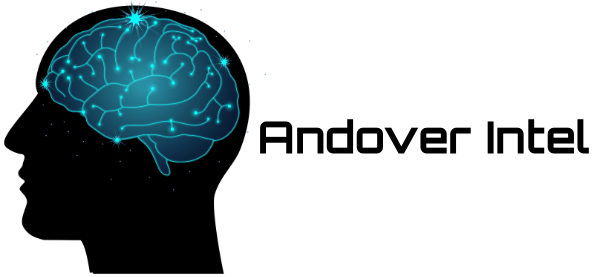Some examples of the operator architecture for SDN and NFV networks have been out for a couple weeks or more. We’re now starting to hear more about vendor changes and even a bit more about the conditions in the marketplace. I’ve certainly been hearing plenty, and so I want to provide a status report. It…
Is There a Value in a “Software-Defined Internet?”
How personal should a network be? The vast majority of things I could find on the Internet, I never want to see. The vast majority of people who could reach me, or who could reach, are those I never want to talk with. Enterprises tell me that the great majority of the possible user-to-application or…
Making “Digital Transformation” Real
Brocade did an interesting paper on the topic of digital transformation, something you’ll recall was also a fixture of the Netcracker launch of its Agile Virtualization Platform. Reading it, it occurred to me that the concept of “digital transformation” is widely accepted and not usefully defined. That was one of my conclusions on the Netcracker…
Does Google’s New Personal/Home Assistant Change the OTT Game?
Google opened a lot of interesting topics with its developer conference this week, and I think there’s a common theme here that aligns with other industry moves and foretells something even more important. We are moving closer to the concept of the digital assistant as our window on the world, and that could open a…
Can Second-Tier Vendors Win in a DCI-Centric Model of Infrastructure Evolution?
Juniper had a Wall Street event earlier this week and analysts used terms like “constructive” and “realistic” to describe what the company said. The central focus in a technical sense was SDN and the cloud, not separately as much as in combination. Juniper’s estimates for growth through 2019 were slightly ahead of Street consensus, so…
Netcracker’s AVP: Is This the Right Approach to SDN and NFV?
I had an opportunity this week to look over some material from Netcracker on their notion of a “digital service provider”, part of the documentation that relates to their Agile Virtualization Platform concept. I also reviewed what was available on the technology and architecture of AVP. I find the technology fascinating and the research and…
Service Assurance in the Network of the Future
One of the persistent questions with both SDN and NFV is how the service management or lifecycle management processes would work. Any time that a network service requires cooperative behavior among functional elements, the presumption is that all the elements have to be functioning. Even with standard services, meaning services over legacy networks, that can…
Overlay/Underlay Networking and the Future of Services
Overlay networks have been a topic for this blog fairly often recently, but given that more operators (including, recently, Comcast) have come out in favor of them, I think it’s time to look at how overlay technology might impact network investment overall. After all, if overlay networking becomes mainstream, something of that magnitude would have…
Can We Apply the Lessons of NFV to the Emerging IoT Opportunity?
I blogged yesterday about the OPNFV project for Event Streams and the need to take a broad view of event-driven software as a precursor to exploring the best way to standardize event coding and exchange. It occurred to me that we’re facing the same sort of problem with IoT, focusing on things that would matter…
Is the New OPNFV Event Streams Project the Start of the Right Management Model?
One of those who comment regularly on my blog brought a news item to my attention. The OPNFV project has a new activity, introduced by AT&T, called “Event Streams” and defined HERE. The purpose of the project is to create a standard format for sending event data from the Service Assurance component of NFV to…

